What Is the Best Solution for High Housing Price
Superannuation was always meant to exist about putting money aside while you're working, so you lot can bask a regular income later in life when you retire. While that income is important for buying food and paying energy bills when in retirement. Owning the roof over your caput is considered but as important. Liberal MP John Alexander argues having a business firm is an essential retirement requirement and super is all virtually what is needed in retirement.
The chairman of ASX-listed developer Sunland Soheil Abedian has previously attacked the proposal to allow first-domicile buyers to dip into their superannuation.
"Information technology actually won't resolve affordability considering with the masses of people that will come up to the market place information technology is inevitable that prices will go up."
"Superannuation was created for the purpose of retirement, it wasn't for the purpose of wealth creation and that needs to be untouched."
The Association of Superannuation Funds of Australia has repeated called for circumspection in response to proposals to allow get-go homebuyers to admission their superannuation.
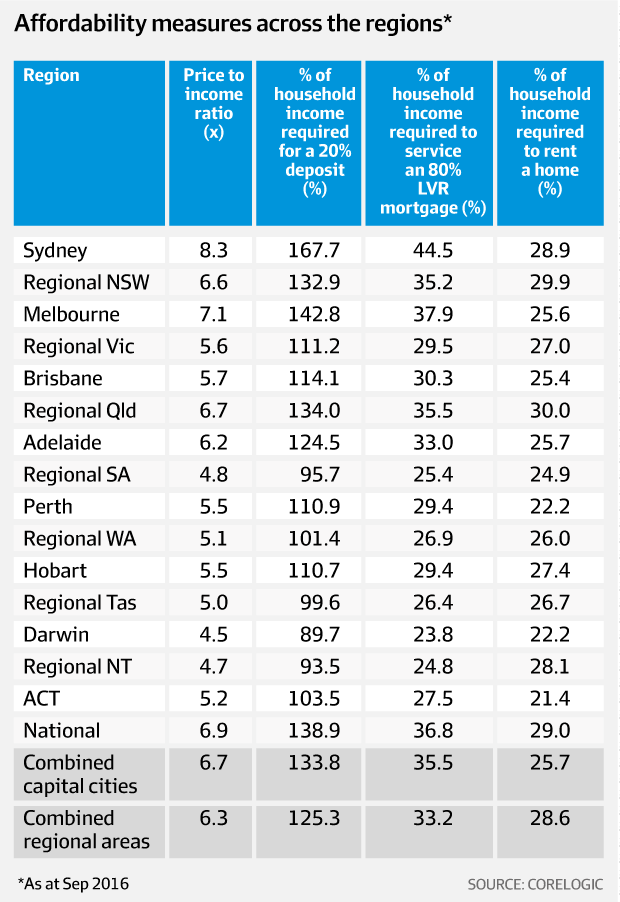
ASFA CEO Dr Martin Fahy says housing affordability is an important area that need to be addressed, merely this should not necessarily be at the expense of supporting people to achieve nobility in retirement.
"The current compulsory rate of the Superannuation Guarantee (9.5 per cent) is barely enough to allow almost people to build enough retirement savings to fund a comfy retirement. Raiding the nest egg early on to pay for a dwelling house eolith or other purposes is likely to dramatically reduce people's final benefits."
Even the Belongings Council of Australia is not a supporter. "Its like shooting fish in a barrel to go after brilliant shiny new solutions," chief executive Ken Morrison says, "merely what we need to focus on is the planning and the taxes and charges and the power to become the supply." Matthew Cranston
2. Remove minimum limits on firm or apartment size
A Japanese friend recently came to live Sydney in a shared standard-sized 50sq yard two sleeping room apartment on the lower north shore. When she first saw her room, she idea it was the whole apartment.
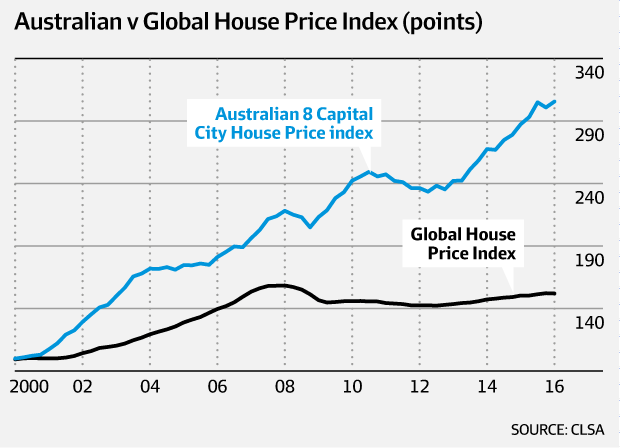
In Nippon, specially in dense cities like Tokyo, many outset dwelling house buyers have the pick to buy apartments equally pocket-sized as they like, even a 9sq m habitation where the occupant can touch both ends of the apartment by stretching out their arms.
While extreme - many standard apartments in Tokyo were nearly 20sq m, a far weep from NSW one-room standard of 50sq m or in Victoria, a minimum of 37sq m for studios and one-bedchamber apartments - these "one-room mansions" equally they are known in Japan allow Japanese first dwelling house buyers to beget a dwelling house.
State governments, particularly NSW and Victoria the two biggest concentrations of of apartments, accept the power to lower sizes merely ironically have actually increased minimum sizes in the past two years.
This was a response to the summit issues for well-nigh Victorian residents who wanted access to adequate daylight and natural ventilation, minimisation of noise betwixt apartments and resource efficiency, according to former Victorian planning minister Richard Wynne."Flat dwellings are here to stay and what we've constitute over the last decade or then, is the quality of some of these apartment's is quite poor because there'due south been no minimum standards," he said.
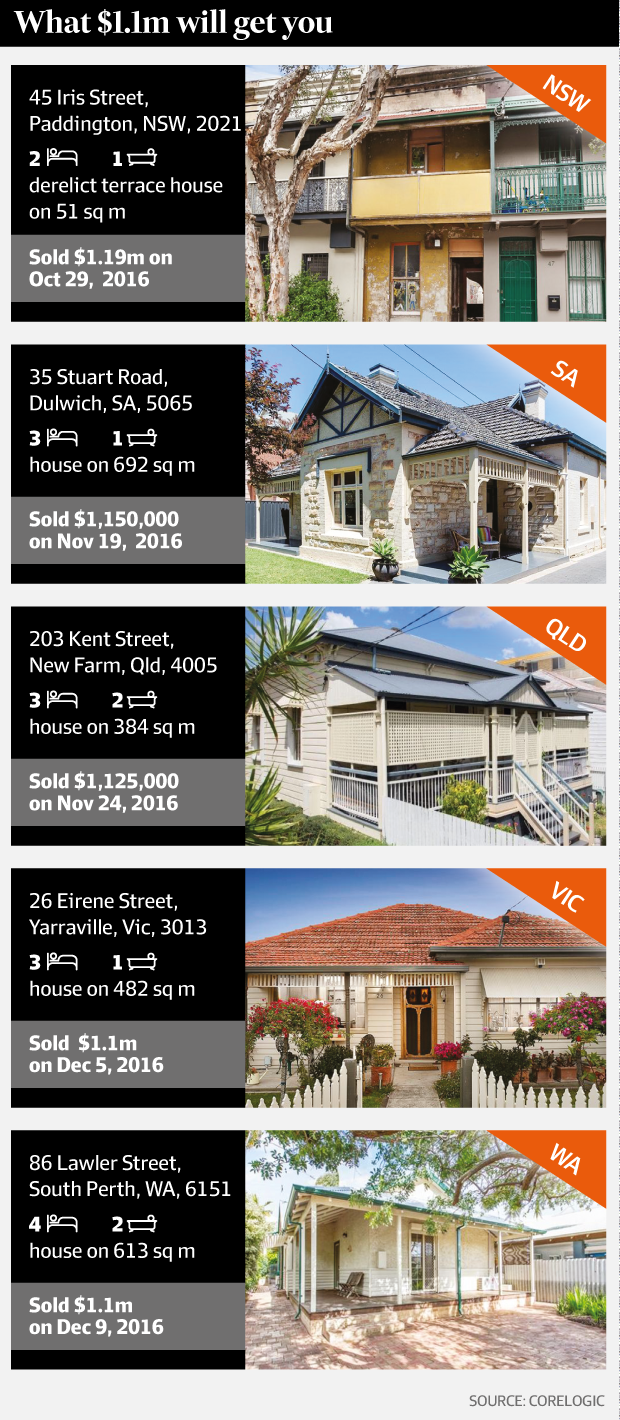
What $1.1m will get you
Banks in Commonwealth of australia have a preference for bigger houses requiring larger loans, keeping people out of the market. Melbourne 20-twelvemonth-former, Alexander Tashevski-Beckwith, who was before this year denied a loan because his option of abode was "too pocket-size".
His bank, NAB, said they were no longer approving loans for backdrop smaller than 50sq grand (v times bigger than Nippon's one-room mansions). Merely there take been some wins for those looking for affordable homes. The Gosford City Council canonical the development of Australia'southward first urban tiny home project for the homeless, four 14sq g houses in Gosford and Umina Embankment on the NSW Central Coast. Su-Lin Tan
iii. Straight government grants
Handing out cash to immature abode owners is probably the about obvious way to help them enter the market and some states already to do. But it's a policy with drawbacks.
Offset home buyers make up only thirteen.8 of percent of all owner occupier home loans, down from 20 percent a decade ago. That has prompted calls for boosting the grant offered past all states and territories to kickoff dwelling house buyers.
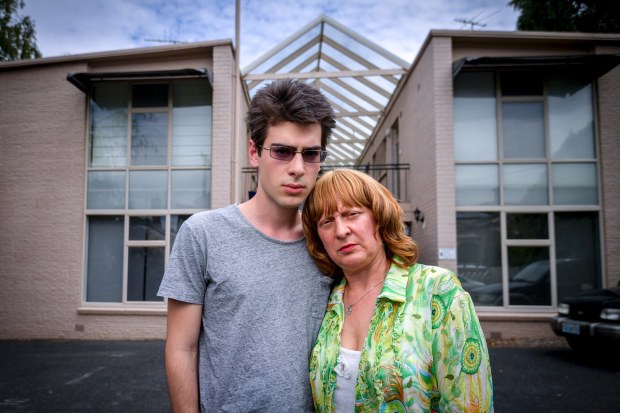
Alexander Tashevski-Beckwith (with his mother Marika) was planning to buy his first home in St Kilda. Eddie Jim
NSW opposition leader Luke Foley this week called on the NSW government to reverse a determination that cut the state'southward First Domicile Owners Grant (FHOG) by 50 percent to $10,000.
"There'south a massive imbalance in favour of investors and speculators that acts confronting the interest of those seeking to purchase a outset home," the ALP leader said.
He pointed out the number of people receiving the grant had fallen from 32,000 in 2011 to 9000 terminal year.
Experts say information technology'due south bad economic science to add more oestrus to an already hot market. The grants tend to push up house prices higher.
"It is now widely accepted that policies that simply give people more money to spend on housing are likely to be capitalised into college housing prices," the Reserve Bank of Commonwealth of australia said in a submission to Federal parliamentary enquiry.
Near state governments at present simply offer grants for newly constructed houses. These boost housing supply as well every bit adding to need in the construction sector.
Restricting the grant to new builds is ane reason fewer people are using it. States increasingly means test the grant or put limits on the price of the house that can be purchased - in Victoria and Queensland it'southward $750,000.
Governments have been swell down on grants used to buy investment backdrop or vacation houses. In fact, many people buy investment properties equally their first house so they can take reward of negative gearing and don't worry almost a FHOG. Geoff Winestock
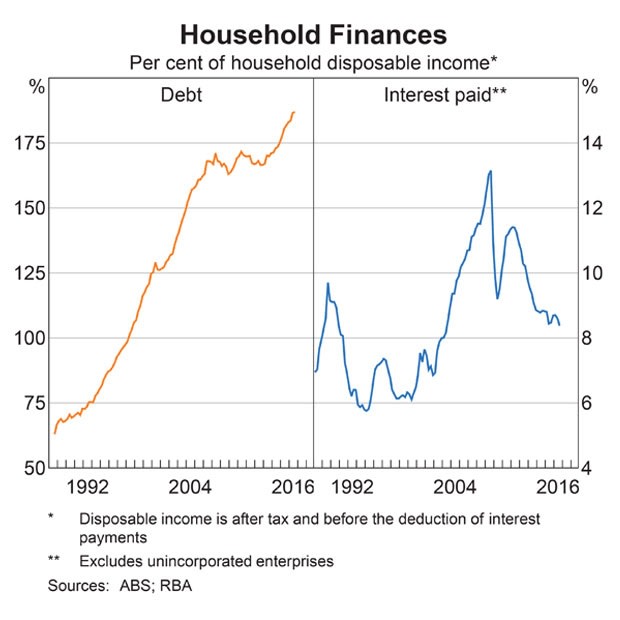
<p> Reserve Bank of Commonwealth of australia
4. Stamp duty exemption
In Sydney, the virtually expensive city for housing, a first-home buyer purchasing a median priced $822,000 home (based on the latest ABS holding price data), would be faced with a stamp duty bill of over $32,000.
While there are stamp duty exemptions and concessions already available for first-home buyers in most states and territories they are generally only up to a certain value and don't cover all types of property.
For example, NSW offers stamp duty exemptions to first-time buyers who purchase newly congenital homes below $550,000 and concessions for new homes valued between $550,000 and $650,000 - but nil if you buy an existing home.
The idea of replacing postage duty with a broad-based land tax has the back up of the NSW Business Bedroom which in tandem with the NSW Quango of Social Service released a report last year using modelling past KPMG to examine the impacts of the modify.
One of the conclusions was: "A switch from postage duty to state tax would improve housing affordability by making it easier for households to move as their needs change over fourth dimension, enabling better use of the existing housing stock and reducing the upfront costs of habitation ownership."
In the Act, a wide land tax is being phased in over two decades, starting in 2012. Non without criticism.
A report past recollect-tank Prosper found that the Deed had cutting up to $2200 off annual mortgage payment costs and kept house toll growth 20 per cent below what it would otherwise be after only three years.
Public policy think tank the Grattan Constitute believes cut postage stamp duty is a skillful thought, arguing that information technology peculiarly penalises young people, who tend to exist more than mobile.
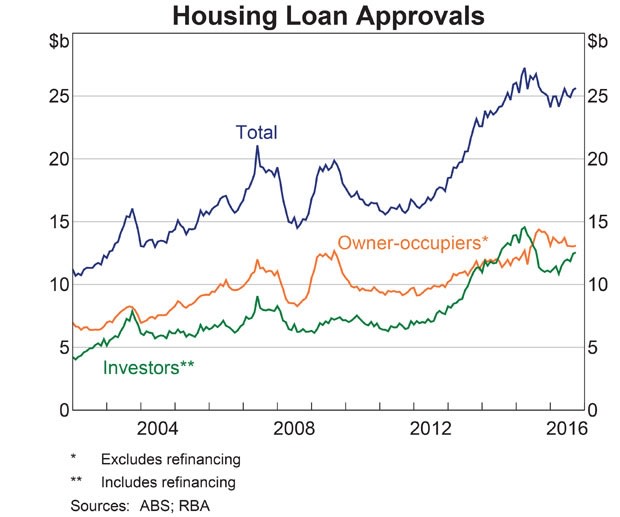
<p> Reserve Depository financial institution of Australia
"Only reforming postage stamp duty alone won't make housing substantially more than affordable, especially if it simply applies to first home buyers," says Brendan Coates a fellow at the Grattan Found.
Instead the establish believes changing planning rules to allow apartment development in the inner and middle ring suburbs is the "biggest lever to make housing more affordable". Larry Schlesinger
v. Review planning laws which do not reverberate changing marketplace demands.
Planning laws accept always played catch-upwards to reality The Nightingale 1 development in Melbourne's Brunswick had to be redrawn with 3 car parks later a Victorian planning tribunal ruled that a xx-unit development couldn't exist done without some parking - even though the location is side by side to a railroad train line and bike rail and appeals to a demographic that's happy to car share.
In Sydney, critics of the state'due south SEPP65 guidelines for apartment design say the well-intended rules have the unintended consequence of limiting the production of smaller, studio-type apartments, despite a 2022 revision. Automobile parking is the biggest bone of contention. Nightingale ii, Melbourne'due south 2d such affordable housing development and one planned next to a railway station, has also been taken to the state planning tribunal by would be residents concerned it doesn't have car parks.
"Some people are all the same to wrap their heads around the fact that there's a generation coming up that is quite prepared to live without a car if it means they can live where they want to live – and also non spend $50,000 on a car park they don't need," says James Legge, the architect leading Nightingale 2.
The rise of automobile-sharing and autonomous cars also meant the culture of car ownership was going to change sooner than people expected, says Legge, who expects to hear the tribunal ruling before long.
"We're at that nexus point where things are irresolute, simply it's still difficult to convince people." Michael Bleby
6. Incentives to subdivide existing suburban blocks
Does the solution to the affordable housing crisis lie in Australia'due south backyards? Can sub-dividing big suburban lots create wealth for their owners and cheaper housing for the coming generations?
New data presented at the Melbourne Economic Forum concluding year showed the eye ring of suburbs, from 5 kilometres to xx kilometres from the city heart, has experienced well-nigh no alter in population density in thirty years, especially in Melbourne and also in Sydney.
By contrast, density in the inner 5 kilometres of Melbourne, Sydney and Brisbane has increased significantly in a surge of apartment evolution.
State governments are taking a much closer wait at suburban backyards. But, say planners, it would be folly to think that simply sub-dividing large blocks will be plenty to address the trouble.
"In terms of impact on affordability, it's a numbers game," says James Larmour-Reid, an urban planner at Planisphere in Melbourne.
"In the existing established suburbs incremental sub-division without development is going to accept an bear on only information technology's not going to be the main game.
"The impact is going to be getting better yield and more diversity of housing types for unlike households."
That ways clusters of town-houses and lower density apartment blocks. In some cases, it means neighbours combining their lots to brand a larger development feasible.
New zoning rules introduced in Victoria nether the previous government restricted much suburban evolution. They were rapidly embraced by residents and councils just are now under review by the current government.
Sydney has already been making good use of its backyards, making it easier for homeowners to construct granny flats. In fact in that location's a granny flat boom happening.
Broader reform is underway, aimed at getting more medium-density housing into the 'missing centre'.
The approvals scheme, if adopted, means lower ascent housing, including sub-divided dual dwellings, terraces and townhouses, will be fast-tracked through the NSW planning process.
Planning Constitute Australia NSW president Jenny Rudolph wants to open up up Sydney to more medium density housing.
"As government and planners we really need to implement the strategies, and improve planning legislation to back up our society." Nick Lenaghan
7. Penalties for people who exit homes empty
If first dwelling buyers tin't afford a domicile, the logic goes they volition need to hire.
Only the number of available rental properties, supposedly on the ascension due to the contempo apartment blast in the large housing markets of Sydney and Melbourne, is not equally high as planned.
Swathes of investors "buy to exit" that is, purchase apartments without renting them out.
In late 2015, think tank Prosper Australia, through the written report of h2o usage, said as many as 20 per cent of all investor-owned backdrop in Melbourne were lying empty.
"We don't have anything to ensure those homes are being utilised. It doesn't matter whether they're strange endemic or investor endemic the economic cost to united states is enormous," author of the report Catherine Cashmore said.
Global major housing markets like London, Hong Kong and Vancouver all suffer the same malaise, to such an extent, a "vacancy tax" has been used.
Vancouver City Quango approved the "vacancy taxation" on empty homes tardily last year.
The U.k. and Republic of ireland are toying with the thought of a similar tax. They're also considering a "matchmaker scheme", where the Government purchases vacant homes from owners who no longer want to ain to use as social or affordable housing.
The income generated from the scheme could then be used to fund affordable housing or become towards supporting kickoff home buyers. Su-Lin Tan
8. Limit Airbnb competition for rental apartments
In that location is a strong argument that regulating Airbnb will amend housing affordability by making it harder for investors to buy small apartments and other entry-level properties for the purpose of offering them on the accommodation sharing platform.
In short at that place would exist less competition for these properties and less pressure on prices.
A widely-publicised alphabetize created by London estate agents Nested to show how apace investors could pay off their domicile loan using Airbnb (from 26 to just vii years for a iii-bedroom Sydney property) will only encourage more investors to snap upward properties that might have found their fashion into the hands of outset-time buyers. Indeed manor agents are now advertizement properties equally "Airbnb suitable".
Regulation could come up in the class of allowing owners corporations to ban brusk-term letting in their apartment blocks, a motion advocated by strata group, the Owners Corporation Network, or by enforcing wider bans through planning rules.
A NSW government written report released in October final year called for low-cal regulation of Airbnb and other similar platforms by requiring owners to obtain a evolution let in some cases. In South Australia at that place are no restrictions on Airbnb use while Victoria and Queensland have no specific rules.
The counter-argument against regulation – the same 1 used by those opposed to changing negative gearing – is that putting limits on what investors can purchase inhibits the cosmos of new housing.
A report into Airbnb and housing affordability in Portland, Oregon - a big US city grabbling with its own affordability crisis - by ECONorthwest, an economic consultancy, institute minimal, if any, touch on from Airbnb on housing affordability. In fact the report found that Airbnb encouraged the creation of more long-term housing.
In its defence against regulation Airbnb has argued on two fronts: that its platform is mostly used by homeowners to earn a bit of extra money and that its share of total housing stock is very modest – less than 1 per cent in Sydney - and then has little touch on on the overall housing market.
Larry Schlesinger
ix. Value capture from infrastructure projects fed back into mandated affordable housing
NSW took a tentative footstep towards mandating the construction of affordable property in November when the Greater Sydney Commission laid out plans for the wider urban center'south 6 newly defined districts which would prepare developers a 5 to ten per cent target of affordable housing - dwellings sold at a nominated affordable cost or offered to eligible low to moderate earners or to affordable rental providers - in all new developments.
The idea, which followed public back up for the notion from erstwhile premier Nick Greiner, was small in comparison with requirements in other countries. In November, London Mayor Sadiq Khan set an affordable housing requirement for new developments of 35 per cent - less than the 50 per cent he had previously advocated.
South Australia's then-called inclusionary zoning rules have since 2005 required significant housing developments to include a minimum 15 per cent affordable housing. But withal, the commission's move drew a response from the Property Council of Australia that whatever such requirement should be start with tax breaks or or allowances for greater density on sites. AV Jennings boss Peter Summers concluding year criticised what he said was a government tendency to impose rules and look the industry to respond, rather than working cooperatively.
Advocates such as Greater Sydney Commission chief executive Sarah Loma say that Sydney'southward proposed new targets would only apply to projects on land that was beingness rezoned for higher density residential employ and already giving developers a benefit.
The affordable housing anteroom agrees. "Whenever in that location is a specific uplift in value from rezoning, we should be capturing some of this, either as a proportion of affordable housing or every bit a compulsory contribution for the development of affordable housing," National Shelter head Adrian Pisarski says. Michael Bleby
10. Negative gearing
Negative gearing, the policy that has been the source of hot housing contend and political bickering for decades. On Friday, Federal treasurer Scott Morison ruled out any changes.
Negative gearing allows property investors who make a loss to reduce the taxation they pay on any income. Australia has more than than 2 million landlords, and more than than 60 per cent fabricated a loss in the 2013-14 financial yr.
Commonwealth of australia is one of the few places in the world to operate such a wide scheme, resulting in many investors snapping upwardly belongings which are not greenbacks flow positive, but where prices were rise.
This justifies the investment allowing investors to tap into annual capital growth of up to 18 per cent a yr in the current residential boom.
Negative gearing was the hot-topic event in the atomic number 82 up to the 2022 federal election. Su-Lin Tan
xi. Tax foreign belongings investors
While Australia has then far refused to follow the Canadian model of imposing a direct revenue enhancement on foreign investors, the Coalition has quietly been ramping up its use of forced sales and penalties confronting illegal buyers.
According to figures from Treasury released last year the Australian Tax Office has ordered the divestment of 46 backdrop valued at more than than $ninety meg.
While many of the forced sales were of high-end trophy properties in Sydney and Melbourne, properties worth as piddling every bit $200,000 take also been hit. Nationalities involved ranged from the United Kingdom, Malaysia, Prc and Canada.
The crackdown followed a House of Representatives inquiry in 2014, which showed there'd been no prosecutions since 2006 for breaches of foreign investment rules. That was despite widespread anecdotal testify in the nation's hottest property markets of rampant offshore buying.
Post-obit that inquiry, enforcement was shifted to the tax function from the Foreign Investment Review Board, and penalties were ramped up to a maximum of $127,500 for individuals, and $637,500 for companies and upwardly to three years jail.
So far the penalties imposed by the authorities have fallen far below those levels.
Treasurer Scott Morrison in late September revealed 2200 properties referred to the tax part, with some 400 cases under active investigation.
More 179 penalties have been issued totaling $900,000 in fines. Jacob Greber
villanuevacirly1953.blogspot.com
Source: https://www.afr.com/property/11-ways-to-make-housing-more-affordable-20170118-gttipc

0 Response to "What Is the Best Solution for High Housing Price"
Post a Comment